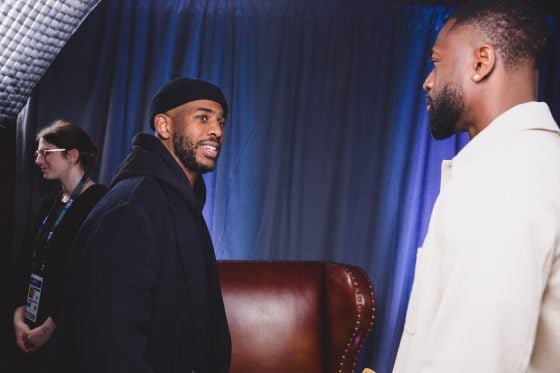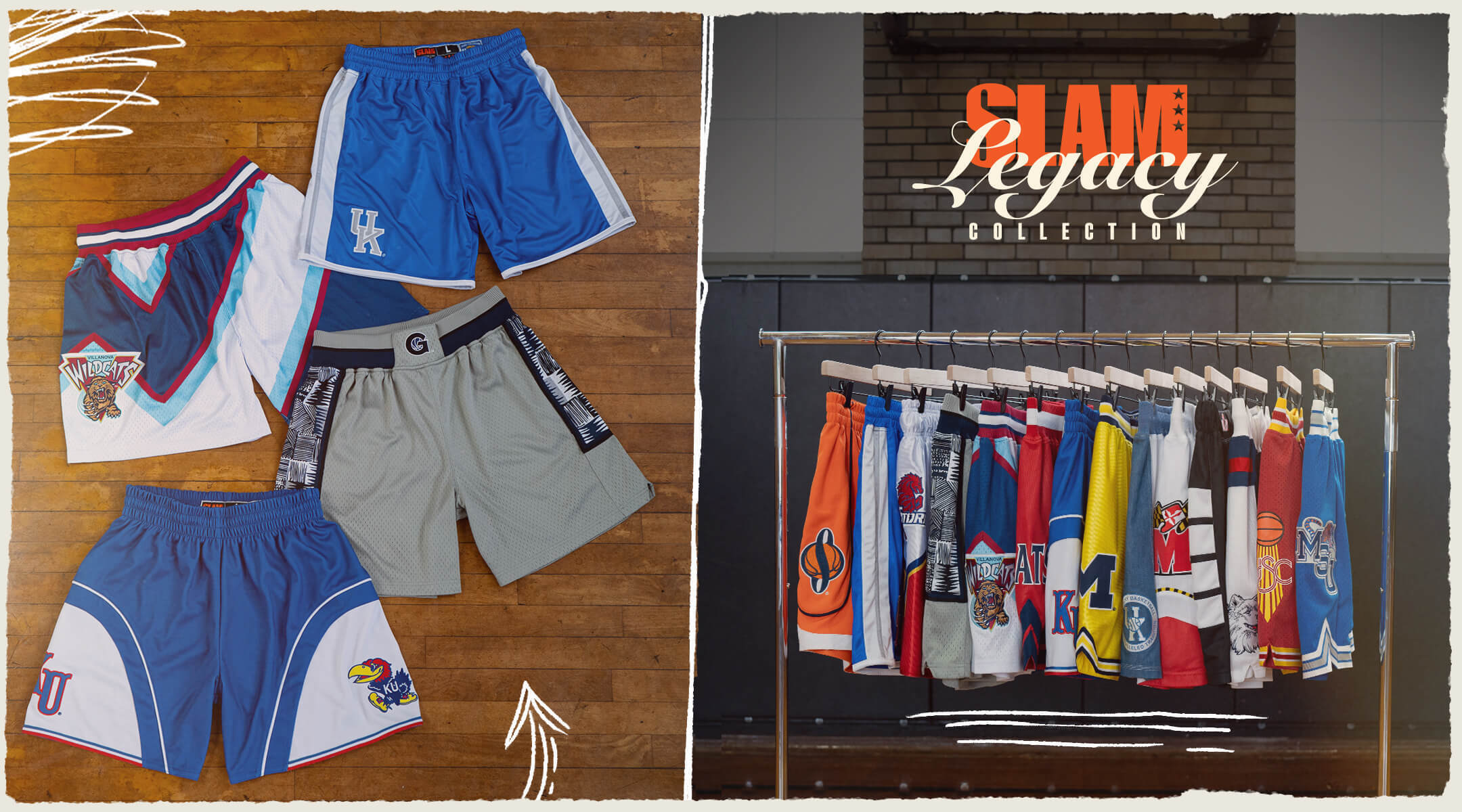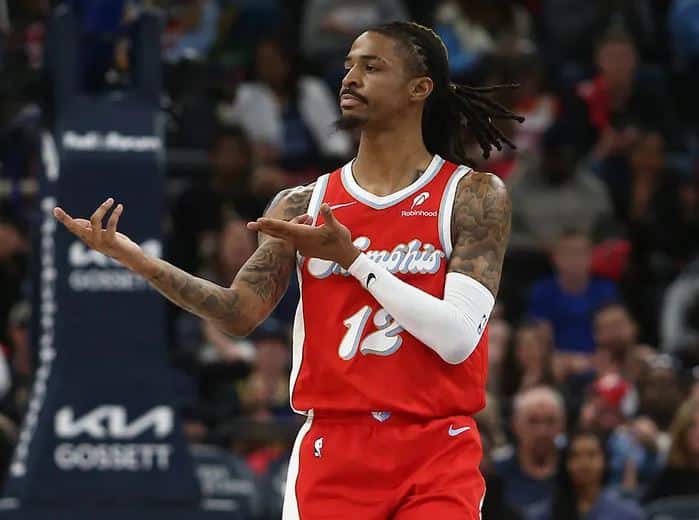The Celtics’ offseason continues with Summer League in Las Vegas this weekend, where they’ll face standout center Kel’el Ware and the Heat, the Bronny James Lakers and Charles Lee’s Hornets before closing the four-game slate with a Finals rematch against the Mavericks. Boston will play a fifth, yet to be scheduled game after that.
The summer since the championship has been both relaxed and turbulent. The Boston Celtics are for sale after 22 years of steady stewardship and there’s no clear indication who will purchase the team. On the floor — 13 of the 15 roster players from the 2024 championship are signed for next season before luxury tax concerns begin in 2025-26.
- We know three things so far about the sale and a forthcoming massive deal: Irv Grousbeck drove the decision to sell as the money behind the team for family planning purposes, Steve Pagliuca will make a bid to become the majority owner after serving alongside Wyc Grousbeck as the major managing partners since 2002, and while the whole process could take through 2028, the 51% managing share of the team could change hands quickly. Though Grousbeck projects to oversee the team through that period, those years becoming some of the most expensive for a team in NBA history leave questions about the team’s sustainability during Jaylen Brown and Jayson Tatum’s prime.
- Brad Stevens made the right moves in the meantime. Signing Tatum, Brown, Jrue Holiday, Kristaps Porzingis and Derrick White to extensions leaves the team with the most possible options into the future, whether to absorb luxury tax costs or offload a contract or split one into smaller ones. Going into free agency with any of those players would’ve led to worse results. It’s a small miracle that Boston retained White for four-years, $126 million given the free agent deals similar players are signing, but as HoopsHype’s Michael Scotto first reported, White received a 15% trade kicker and additional likely incentives in the deal.
- It’s been noteworthy how the most expensive and least expensive teams have handled the second apron and new luxury tax threats. The Clippers and Nuggets opted to let Paul George and Kentavious Caldwell-Pope leave outright in free agency rather than recover assets through sign-and-trades. The return, for LA especially, became the ability to add players to the roster that they couldn’t while over the second apron line. George and Caldwell-Pope’s departure strengthened cap space teams in Philadelphia and Orlando. That’s an obvious implication of the new rules, but the expected contract shredding didn’t happen on some of the other most expensive teams. Boston, Phoenix and Minnesota stood pat for now, despite some speculation Kevin Durant, Devin Booker or Karl-Anthony Towns could become available. By contrast, some of the rebuilding teams pursued smaller contract additions (i.e. Tim Hardaway Jr. to DET, Harrison Barnes to SAS, Devonté Graham to CHA) rather than pulling starters or even stars from the best teams.
- How will Boston eventually move salary from its roster when if it eventually needs to? Will there be suitors with cap space who can take a Jrue Holiday or Kristaps Porzingis-sized salary off the Celtics’ hands? Or will those teams prefer to strip down their rosters to stay in contention for top end lottery status? The Spurs are a swing team in that conversation, and they opted to sign Chris Paul in free agency and take on Barnes with a future draft pick, which could provide some indication of what that kind of transaction could look like for Boston. If the Celtics want to maintain a massive, unprecedented salary sheet plus tax for 2026, they could begin offloading by letting Porzingis’ contract expire following that season. But that leaves $196 million between eight players. One additional player might have to move for multiple in return, which carries an implication for the team that would trade with Boston (second apron hard cap).
- Subsequently, that’s why a Sam Hauser and the Celtics agreeing to an extension this summer always felt dubious. Hauser became extension-eligible on Tuesday, with former CelticsBlogger and Spotrac’s Keith Smith indicating that $8-10 million in annual salary would be the likely cost to get a deal done. Having medium-sized contracts to navigate the roster’s future makes sense to me, and cap increases could marginalize how hard Hauser and Payton Pritchard’s money would hit Boston’s books. It would add to the tax navigation the team would have to deal with starting next summer.
- Drew Peterson and JD Davison signed two of the Celtics’ three two-way contracts, continuing the investment the team made in the former for part of last year and the previous two seasons in Davison’s case. Davison will play Summer League after a strong year in Maine, a rare third appearance, but one that’s important on three levels, competing with Jaden Springer for the lead development guard role on the roster, ramping up after his playing time mostly ended after March and showing his improvement over an uneven Vegas appearance last summer. His passing and scoring have flourished, while his shooting translatable skills to the NBA have stagnated some. Peterson showed average shooting flashes last year and some passing ability. Boston could change course on those contracts before the season if the team decides to — so the competition effectively continues. Anton Watson is an early favorite for one of those spots as the team’s second round pick.
- Other names worth watching on the Celtics’ Summer League roster: the team loves Tristan Enaruna, their undrafted forward from Cleveland State by way of the Netherlands, who initially committed to Kansas out of high school as a highly regarded athlete. He shot 32.2% from three last year, the best mark of his five college seasons, and could make a run at a two-way spot with a strong showing. I loved Ron Harper Jr. (Rutgers) and Killian Tillie (Gonzaga) in college, but both have dealt with injuries that have left them out of basketball for an extended period. Their presence on this roster could be more about getting looks elsewhere. Harper Jr. is a 6-4 shooter with a power forward’s frame who plays with a ton of physicality. Tillie passed, shot and showed promise at center that made him a darling prospect for Memphis early in his career. He played with Watson during their senior and freshman years, respectively. Tyler Cook, who split time in Australia and Spain last season, played high school basketball with Tatum.






